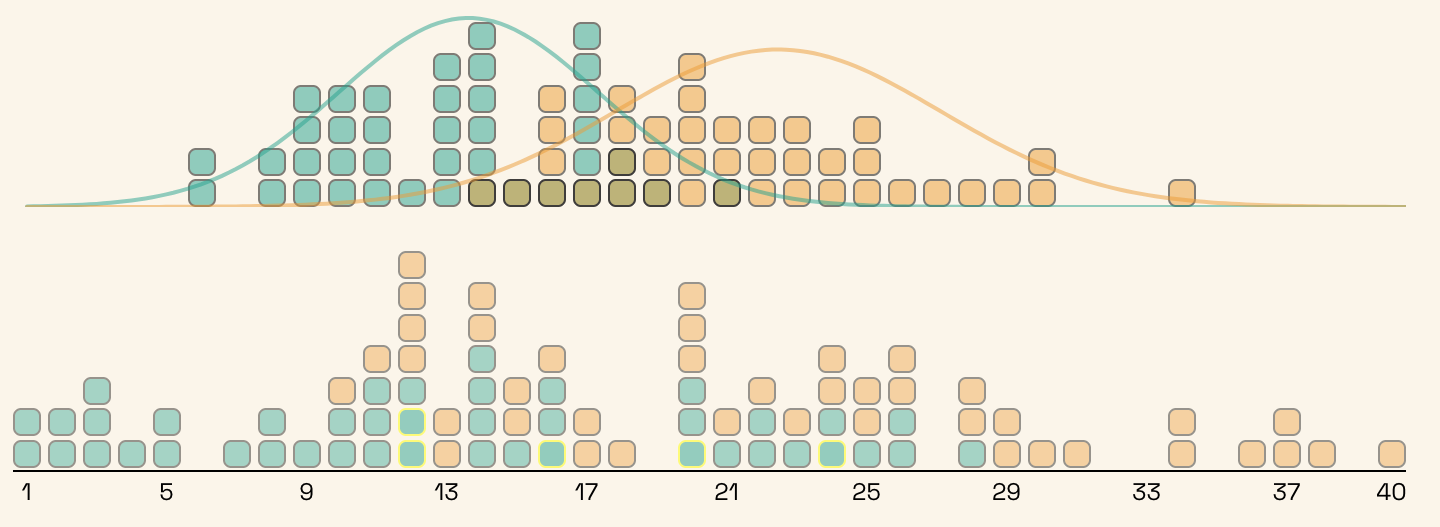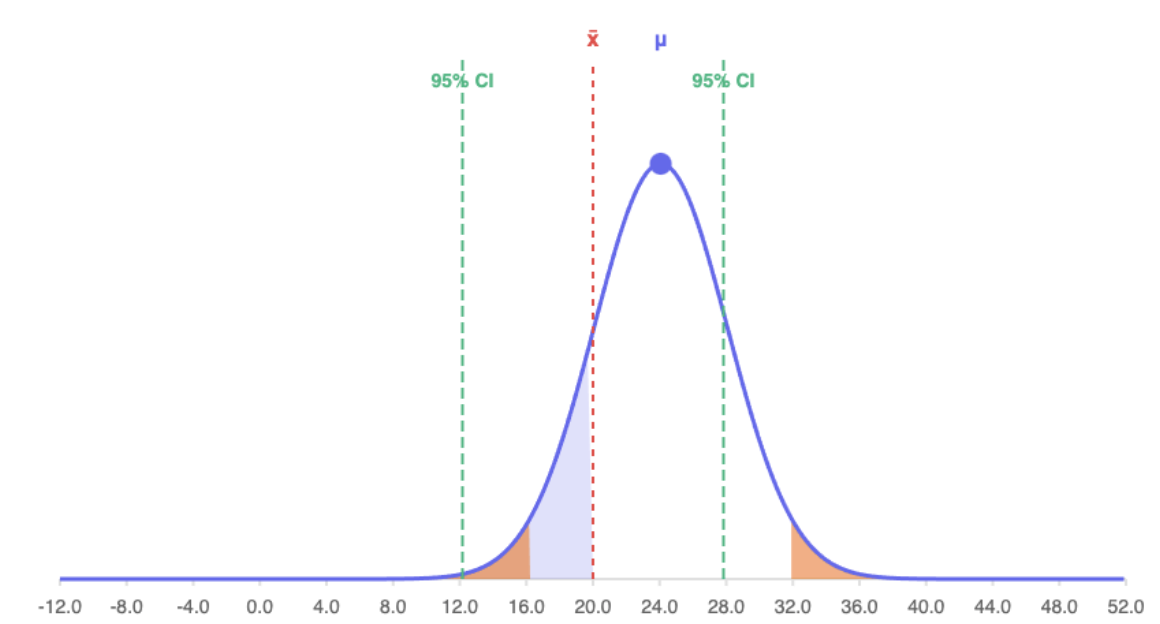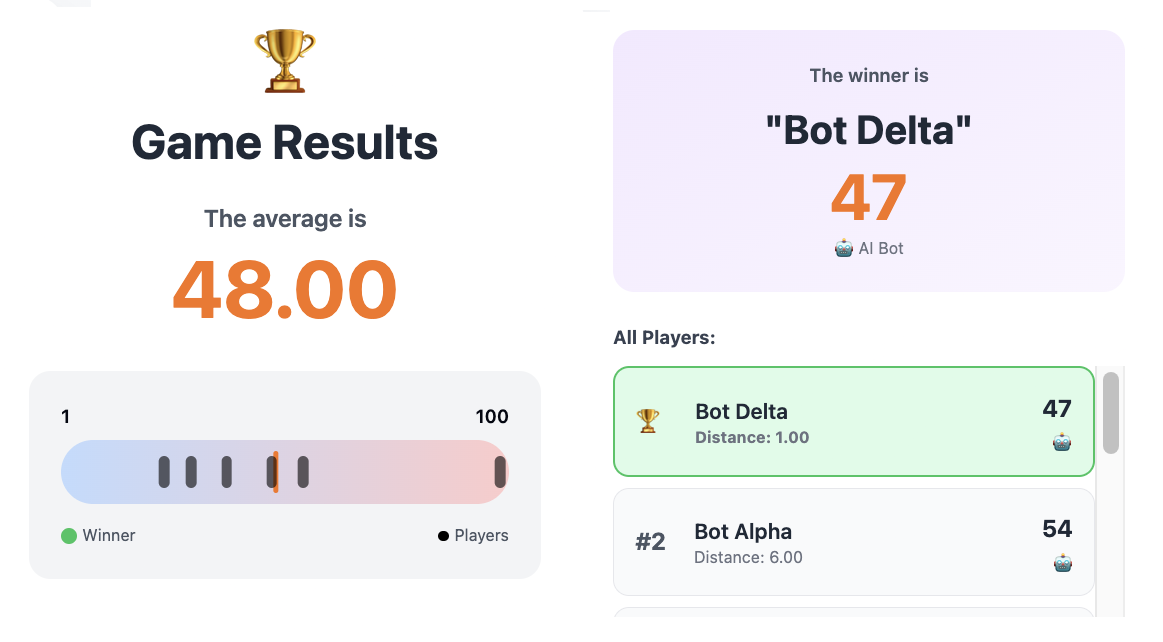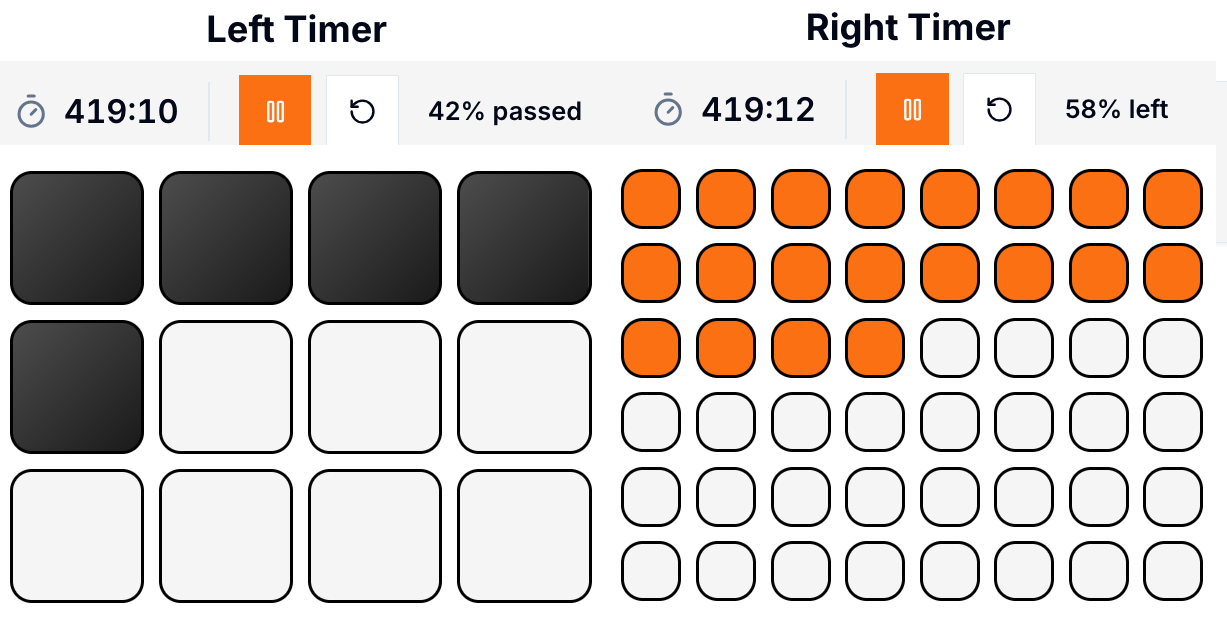Apps
I teach students how to develop tools, applications, and systems they need to work and realize themselves as professionals. The examples shown here are real instruments, actively used in courses I run.
“Laws of Statistics with Sampling”
Explore the invisible logic behind statistics through simulation. This tool turns abstract formulas into intuitive insight, helping students grasp the Central Limit Theorem, Law of Large Numbers, and the Standard Error of the Mean by observing how randomness shapes distribution. A hands-on way to understand how sample means reveal structure—and how comparison tests make sense.

“The Twist of Hypothesis Testing”
Traditional statistics textbooks often cloud rather than clarify. This simulator unveils the logical core of hypothesis testing by visualizing the twist—the crucial shift from asking “how likely is my sample under the null” to “how likely is the truth around my sample.” The result is a deep, visual intuition for what tests really mean.

“Equilibrium in a price competition game”
The concept of equilibrium in game theory is deeply unintuitive. Understanding how it emerges is often difficult. The simple game below is inspired by the well-known Keynesian Beauty Contest. It allows players to grasp the logic of equilibrium formation through experience. By learning to predict others’ choices and adjusting their own best responses, players gradually uncover how equilibrium arises from mutual reasoning and adaptation—how each player’s response shapes, and is shaped by, the responses of others.

By organizing time into visual blocks, this app brings structure, rhythm, and clarity to your work. Designed for deep focus and gentle urgency, this timer boosts productivity for anyone navigating open-ended, creative, or nonlinear tasks.

